The Ultimate Guide to Packing a Suitcase (Without Losing Your Mind)
For what feels like a lifetime, my job has basically been living out of a suitcase, hopping between countries and climates. And I learned a hard lesson early on: the way you pack can make or break the first 24 hours of any trip. It’s the difference between a calm, smooth arrival and a frantic, jet-lagged hunt for a phone charger in a tangled mess of clothes.
In this article
- First Things First: Strategy Before You Touch a Single Sock
- Let’s Talk Gear: Your Suitcase Matters
- The Physics of Packing: How to Fit It All In
- Building Your Travel Wardrobe: The ‘Less is More’ Philosophy
- Toiletries and Tech: The Little Things That Cause Big Headaches
- The Final Countdown: Your Pre-Flight Checklist
- Inspirational Gallery
Packing isn’t just about cramming stuff into a box. It’s a system. It’s a skill you can actually get good at.
I’ll never forget one of my first big work trips. I massively overpacked for a conference, yet somehow managed to forget a belt and my presentation notes. My bag was overweight, which cost me a fee I really couldn’t afford at the time, and my suit looked like it had been slept in for a week. It was a disaster of a start. That single experience taught me that a well-packed bag is the foundation of a good trip. It’s about feeling in control, being efficient, and starting with a sense of calm. So, this is the system I’ve built over thousands of miles—no magic, just practical steps that flat-out work.
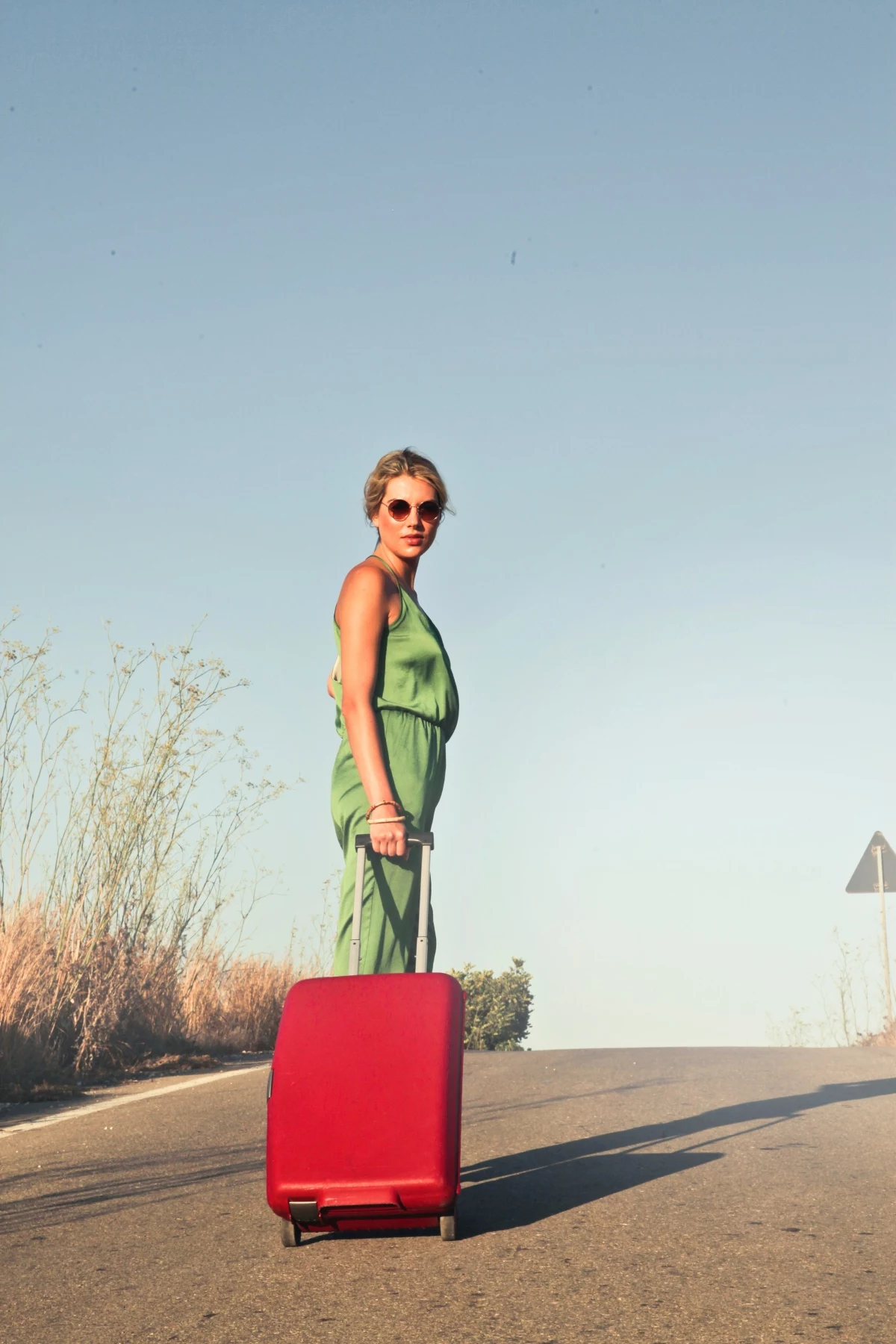
First Things First: Strategy Before You Touch a Single Sock
So many people start packing by just pulling clothes from their closet and making a mountain on the bed. That’s mistake number one. Pro-level packing starts with a plan, not an action. You have to know the ‘what’ and ‘why’ before you even get to the ‘how’.
Your Itinerary is Your Bible
Your trip schedule is, without a doubt, the best packing tool you own. Seriously. Print it out or pull it up on your screen and go through it day by day, event by event. Got formal dinners? A hike? A beach day? For every single activity, write down exactly what you need to wear.
And be specific. Don’t just write ‘nice outfit.’ Write ‘black trousers, silk shirt, blazer.’ This simple act transforms a vague cloud of ‘clothes I might need’ into a concrete, manageable list. You’ll immediately see how a few versatile pieces can pull double-duty. That same blazer might work for the dinner and a client meeting. Honestly, this planning step alone can cut what you need to pack in half. It’s the single best way to stop overpacking.
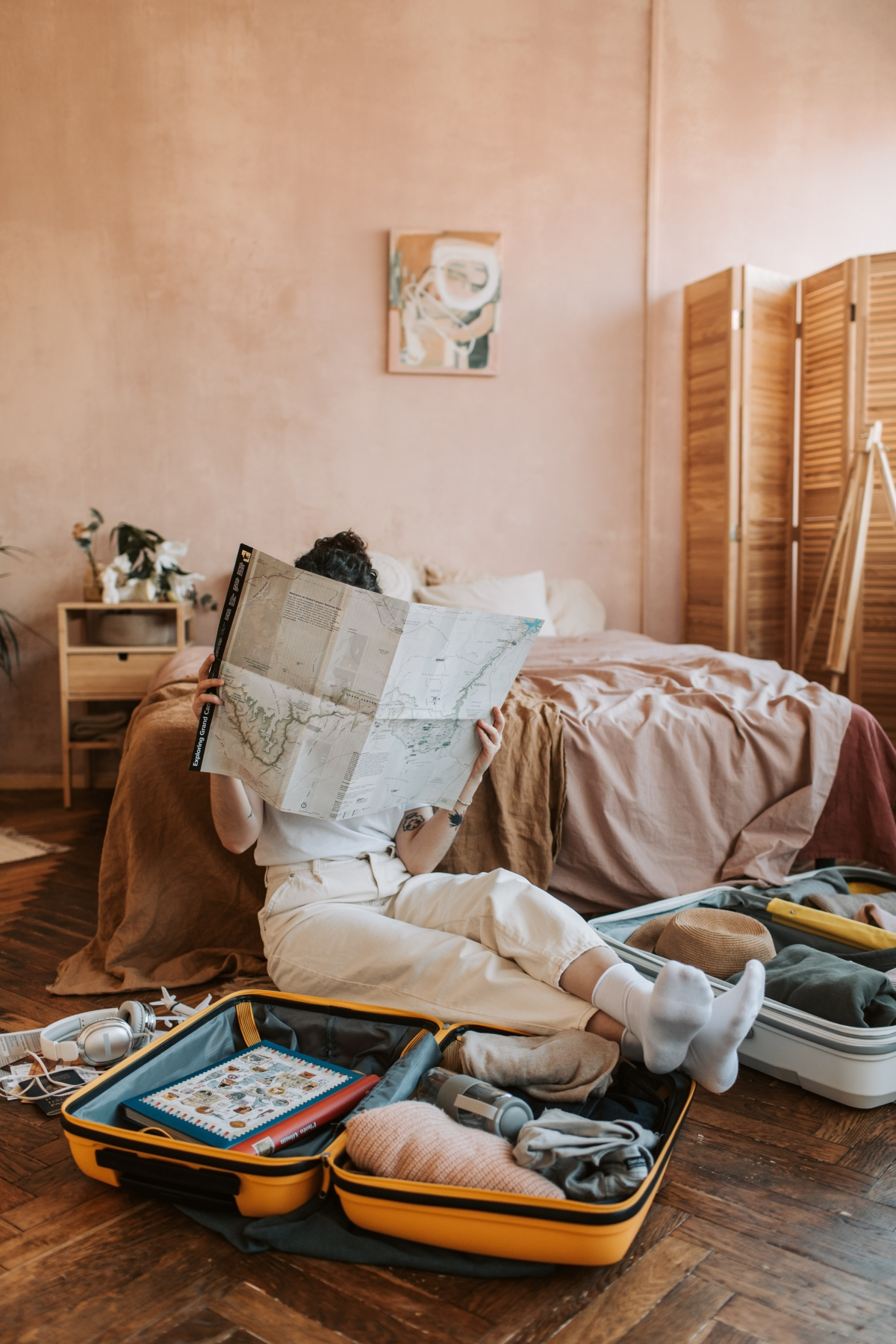
Carry-On vs. Checked: The Eternal Question
Choosing whether to carry on your bag or check it feels like a major decision. Newbies often decide based on baggage fees, but seasoned travelers think about it in terms of risk management.
A carry-on bag stays with you, which means zero risk of it getting lost or delayed. Plus, you can walk right out of the airport on arrival. The catch? You’re stuck with strict size and weight limits and the infamous liquids rule.
Checking a bag, on the other hand, lets you breeze through the airport unencumbered. You can pack bigger things and don’t have to worry about how much shampoo you’re bringing. The risk, of course, is that your bag gets delayed, damaged, or just… gone. It happens more than you’d think. I once had a bag take a three-day detour on its way to me. Luckily, I had learned my lesson by then.
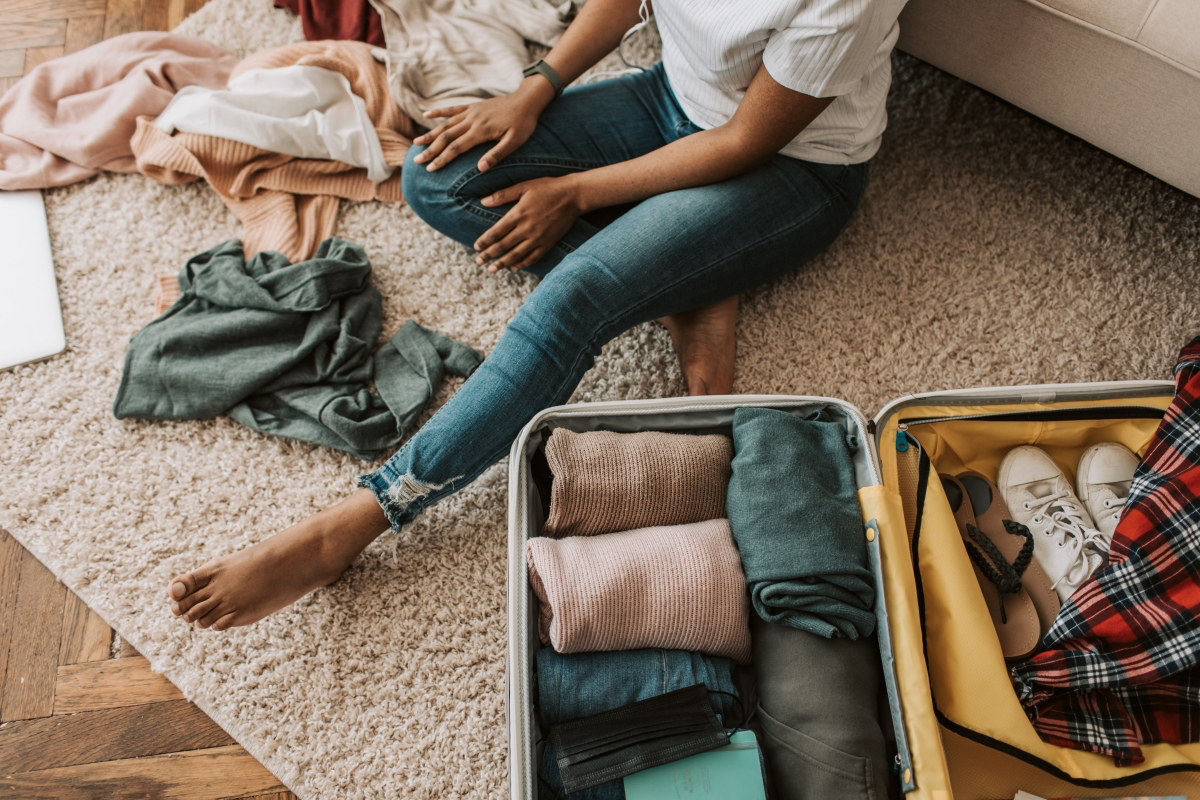
Here’s my non-negotiable hybrid approach for any trip over a week: I check a main bag, but my carry-on is my survival kit. If my checked bag disappears, my trip continues without a hitch. Here’s what’s always in it:
- My 48-Hour Survival Kit:
- One full change of clothes (shirt, pants, underwear, socks)
- All my medications
- Phone/laptop chargers and my power bank
- Toothbrush and essential solid toiletries
- House keys, car keys, and travel documents
Let’s Talk Gear: Your Suitcase Matters
The suitcase itself is a critical piece of equipment. The wrong one can be a real pain, literally. Here’s the lowdown on what I’ve learned from dragging dozens of different models across the globe.
Hardshell vs. Softshell: Hardshell cases, usually made of polycarbonate, are champs at protecting fragile items from impacts. The downside is they’re rigid (no squeezing in that one last souvenir) and they scuff up pretty easily. Softshell bags, often made of tough ballistic nylon, offer more give and usually have handy exterior pockets. They absorb shocks well but are a bit more vulnerable to getting punctured.
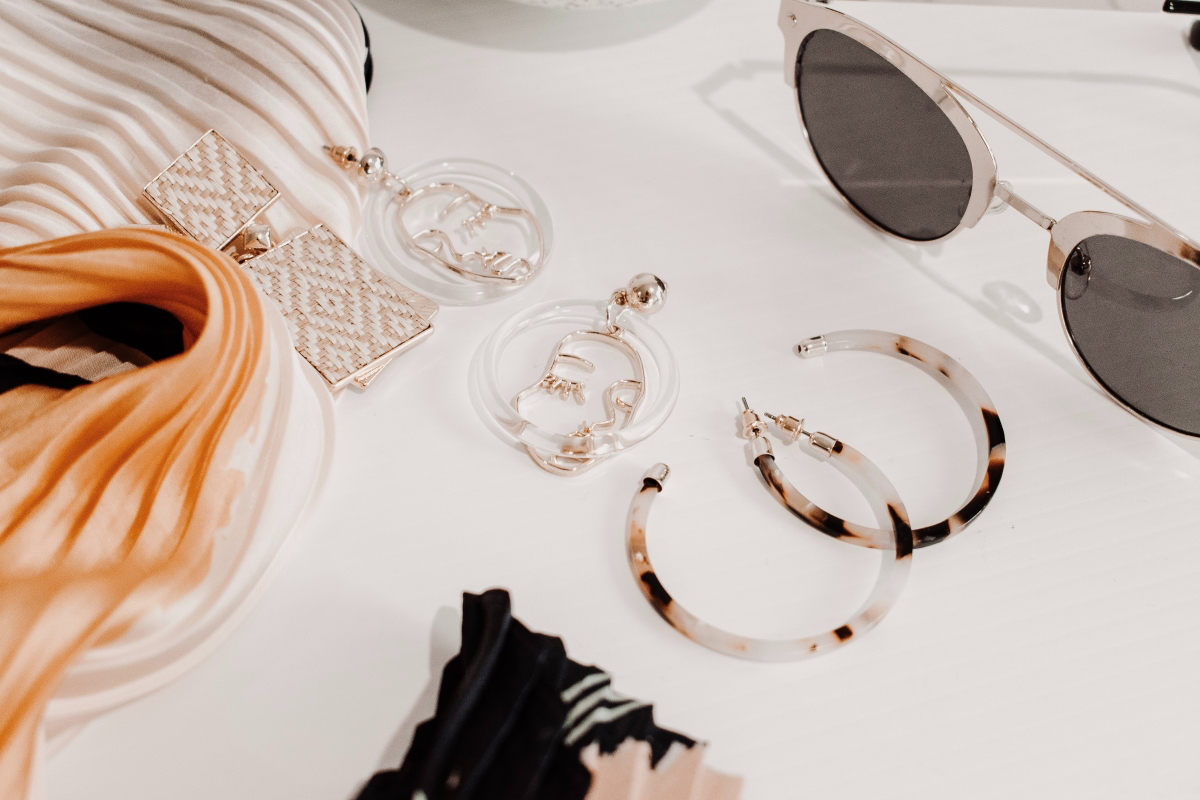
Two Wheels vs. Four Wheels (Spinners): Those four-wheel spinner bags are a dream to glide through a smooth airport terminal. You can push them right beside you, which puts almost no strain on your arm. Their kryptonite? Uneven ground. The small wheels can get totally stuck on cobblestones or even deep cracks in the sidewalk. Two-wheel bags have to be pulled behind you, which puts more weight on your arm. But their larger, recessed wheels are way more durable and can handle rough surfaces like a pro. For frequent travel on varied terrain, I’ll take a high-quality two-wheeler any day. I’ve had great luck with brands known for durability, like Travelpro or Briggs & Riley, but even mid-range stuff from Samsonite can be a solid, long-lasting choice.
A final thought: A handheld digital luggage scale is one of the best $15 investments a traveler can make. Weigh your bag at home and save yourself from that dreaded, expensive surprise at the check-in counter.
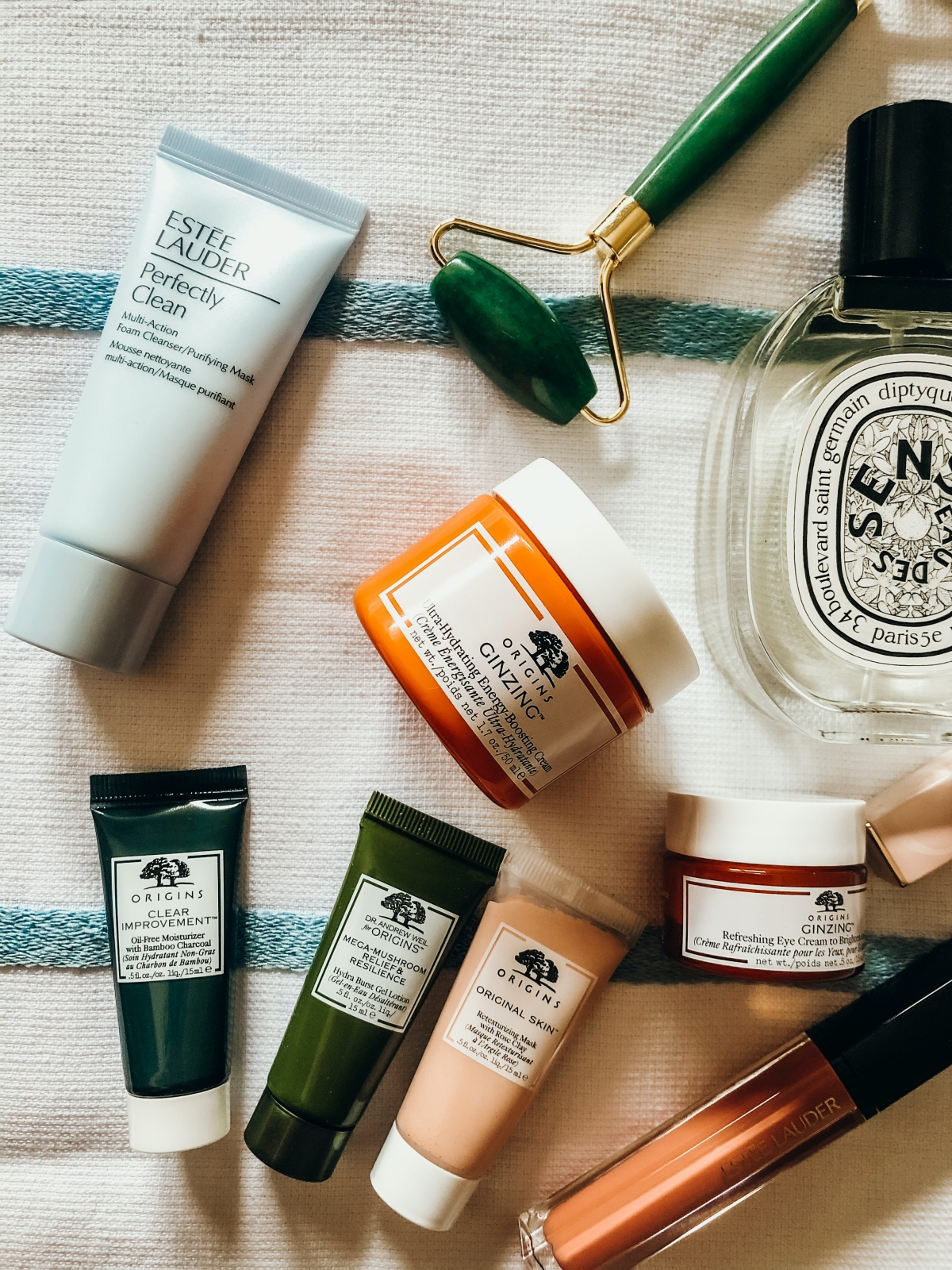
The Physics of Packing: How to Fit It All In
How you place items in your bag isn’t random. It’s about using some basic principles to your advantage.
The Great Debate: Rolling vs. Folding
This debate is an old one, but there’s a clear winner for most things. Rolling is generally way more space-efficient for casual clothes. When you roll an item tightly, you’re compressing the fibers and squeezing out trapped air, which makes it smaller. It’s perfect for t-shirts, knits, jeans, and most soft fabrics.
Folding, however, is better for structured items that wrinkle easily. A blazer or a crisp dress shirt will hold its shape much better when folded neatly along its natural seams. Quick tip: I often place a sheet of tissue paper inside the fold of a nice shirt to soften the crease.
For maximum space-saving, I use a technique called the ‘Ranger Roll.’ To do it with a t-shirt, lay the shirt flat. Fold the bottom inch up and inside out to create a little ‘cuff.’ Fold the left and right sides of the shirt into the center. Then, starting from the collar, roll it down as tightly as you can. When you get to the bottom, use that cuff you made to wrap around the roll, securing it into a tight little sausage. It takes a little practice, but it can cut an item’s volume by nearly half. Go on, try it now! Grab a t-shirt and see if you can make a roll so tight it stands on its own. It’s surprisingly satisfying.
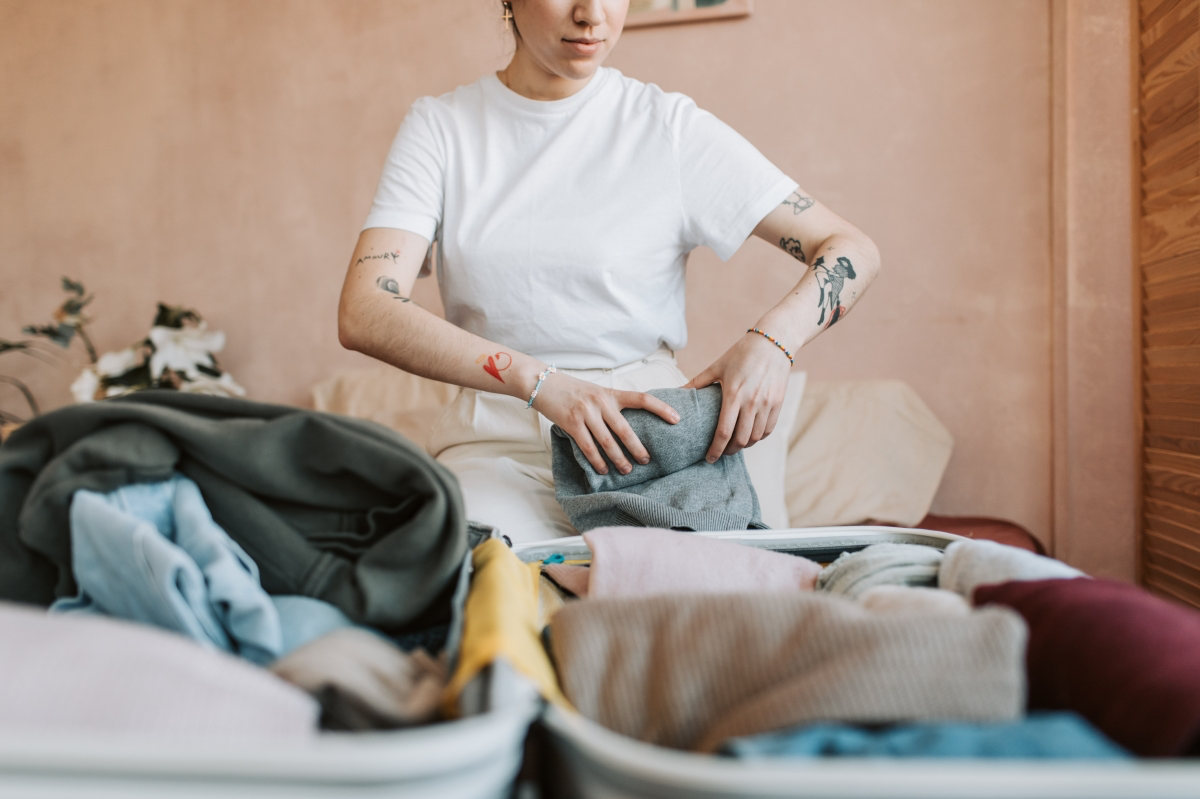
The Shoe Conundrum
Ah, shoes. They’re bulky, they’re oddly shaped, and they’re often dirty. A lesser-known trick I swear by: I wrap each shoe in a disposable shower cap from a hotel (or a cheap pack from the dollar store). It costs next to nothing and keeps the dirty soles from touching your clean clothes. Always stuff them with socks or underwear to maximize every inch of space and help them keep their shape.
Strategic Weight Distribution
Ever had a suitcase that just constantly tips over? It’s because the weight is all wrong. The rule is simple: heaviest items go at the bottom of the suitcase, right by the wheels. This means shoes, your toiletry bag, any books. This gives the bag a low center of gravity and makes it stable. Your lighter, more delicate items go at the top, where they won’t get crushed.
Building Your Travel Wardrobe: The ‘Less is More’ Philosophy
The smartest travelers don’t have special ‘travel clothes.’ They have a well-chosen wardrobe of versatile pieces that just work.
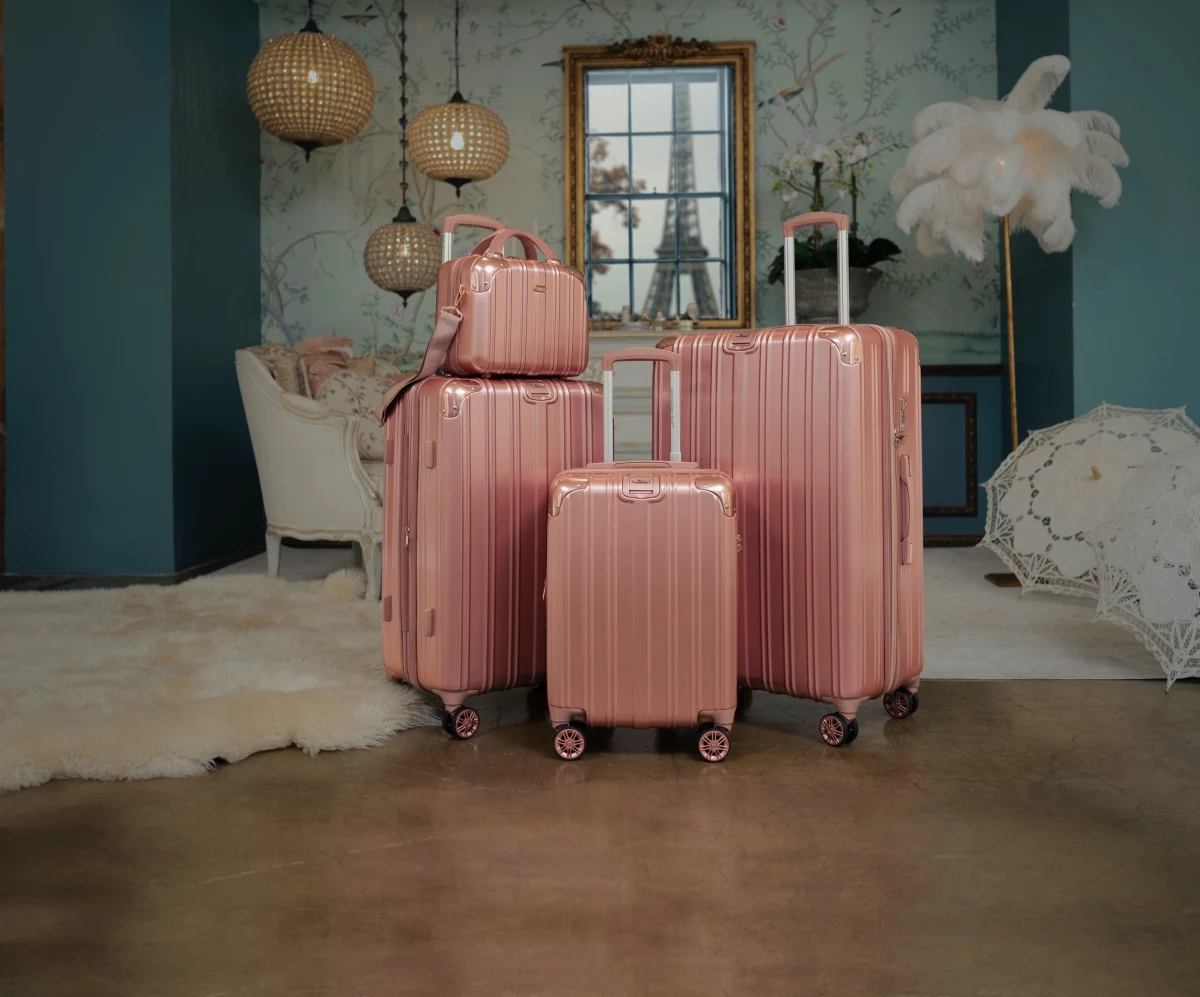
The Magic of a Color Palette
This is a game-changer. Limit yourself to two or three neutral base colors—think black, navy, gray, or khaki. Then, add one or two accent colors that pop and work with all your neutrals.
For example, let’s say you’re packing for a 5-day trip to a cool city in the fall. Your base colors are navy and grey. You pack one pair of nice navy trousers and one pair of dark-wash jeans. For tops, you bring a few merino wool shirts in white and grey. Your accent color? Maybe a rich burgundy. You pack one burgundy sweater and a burgundy scarf. Suddenly, every single top works with every single bottom, creating a ton of different outfits from just a handful of items.
Fabric is Key
The material your clothes are made of makes a huge difference on the road. I always prioritize fabrics that perform well:
- Merino Wool: This is the undisputed champion of travel fabrics. It’s lightweight, it breathes, it resists odors like a champ (you can wear it multiple times), and it regulates your temperature.
- Synthetics (Polyester, Nylon): These are durable, dry incredibly fast, and are super resistant to wrinkles. Perfect for activewear or outer layers.
- Tencel/Lyocell: This is a more modern fabric that’s super soft, drapes beautifully, and is much more wrinkle-resistant than cotton.
By the way, I generally avoid 100% cotton denim and linen. Cotton is heavy, takes forever to dry, and wrinkles if you just look at it wrong. Linen is even worse for creasing.
Toiletries and Tech: The Little Things That Cause Big Headaches
These small essentials are often the biggest source of packing stress. A system is your best friend here.
Conquering the Liquids Rule
You know the drill: for carry-on, all liquids must be in containers of 3.4 ounces (100ml) or less, and all of them have to fit in a single, clear, quart-sized bag. Don’t eyeball the size—I’ve seen so many people have to sadly toss expensive lotions and perfumes at security. A good set of reusable, silicone travel bottles is a must-have.
The Solid Toiletry Revolution
Honestly, the biggest game-changer for my packing in recent years has been switching to solid toiletries. They aren’t subject to the liquids rule, which frees up so much space in that tiny quart bag. You can find high-quality solid versions of almost anything now:
- Shampoo and Conditioner Bars: Lush is famous for these, but tons of brands make them. They work great and one bar can last for months.
- Solid Cologne: Comes in a small tin, smells great, and is totally travel-proof.
- Toothpaste Tabs: These are little dry tablets you chew into a paste. You can find them on Amazon or from brands like Bite.
Taming the Tech
A small, zippered electronics organizer pouch is a lifesaver. It keeps all your charging cables, your power bank, and your universal adapter in one neat package. And speaking of which, a universal adapter with multiple USB ports is an absolute must for international travel.
Heads up! A critical safety rule: Lithium-ion batteries (like power banks) are almost always prohibited in checked luggage. They can be a fire risk. Always, always pack them in your carry-on.
Quick win: Your homework today is to create an ‘always-packed’ tech pouch. Put a universal adapter, a power bank, and a spare phone cable in it. Leave it in your suitcase. Now you’ll never forget them again.
The Final Countdown: Your Pre-Flight Checklist
Okay, the bag is packed. But you’re not quite done. Run through these final steps for a truly stress-free departure.
- Weigh Your Bag. Use that $15 luggage scale to make sure you’re under the airline’s limit.
- Snap a Photo. Before you zip up your checked bag, take a quick picture of the contents. It’s invaluable proof for an insurance claim if the bag gets lost.
- Lock It Up. Use a TSA-approved lock. This lets security agents open your bag for inspection without just breaking it.
- Do a Final Carry-On Check. This is the most important rule of all: NEVER check essential items. All prescription medications, house/car keys, electronics, travel documents, and anything irreplaceable must be with you in the cabin. I once saw a colleague have a terrifying 24 hours trying to find a pharmacy in a foreign country because his vital heart medication was in his delayed checked bag. Don’t be that person.
And that’s it. Packing is a skill, and like any skill, it gets easier with a good system and a little practice. These methods are my road-tested recipe for bringing order to the chaos of travel. Adapt them, make them your own, and enjoy the confidence that comes with a perfectly packed bag on your next adventure.
Inspirational Gallery
Peak Design Packing Cubes: Known for their structured, high-quality fabric and a unique compression zipper that really squeezes air out. They stand up on their own, making them easy to pack like building blocks and creating a neat, accessible layout in your suitcase.
Eagle Creek Pack-It Isolate Cubes: These are incredibly lightweight and treated with antimicrobial technology to fight odor, perfect for storing gym clothes or separating worn items. They’re more flexible and mold to the empty spaces in your bag.
Your choice depends on your priority: maximum compression and structure, or minimum weight and odor control.
According to SITA’s 2023 Baggage IT Insights, the global rate of mishandled baggage was 7.6 bags per thousand passengers in 2022.
While the odds are in your favor, this statistic is a sobering reminder that checking a bag always carries a risk. This is why a well-prepared carry-on is non-negotiable. It should always contain at least one full change of clothes, essential medications, and basic toiletries. Tucking an AirTag or Tile tracker into your checked luggage can also provide invaluable peace of mind during transit.
- Your shirts and trousers arrive virtually wrinkle-free.
- Each item becomes a compact, stable bundle that won’t unroll.
- You can see every piece of clothing at a glance, with no need for digging.
The secret? It’s called ‘Ranger Rolling,’ a military-inspired technique. Fold the item, then roll it as tightly as possible from one end, tucking the other end in on itself to secure the bundle. A quick video tutorial search will change your packing game forever.
The ultimate packing puzzle: a single suitcase for a trip that includes both a chilly city break and a tropical beach escape?
The solution is all about strategic layering with high-performance fabrics. Focus on a core of neutral items, then add thin, warm layers. A merino wool base layer from a brand like Icebreaker or Smartwool provides incredible warmth without bulk. Pair this with a lightweight, compressible down jacket (like Uniqlo’s Ultra Light Down) and a waterproof shell. This system allows you to adapt to any temperature by adding or removing layers, taking up far less space than multiple bulky coats.
The Golden Rule of Carry-Ons: Always pack what you’d need to survive comfortably for the first 24 hours of your trip if your checked bag went missing. Think beyond just an outfit. Include your phone charger and a power bank, any critical medication, basic toiletries, and a copy of your passport. Your future, jet-lagged self will thank you.
There’s a quiet satisfaction in arriving at your hotel, unzipping your suitcase, and not being met with a jumble of clothes. Instead, you see a neat mosaic of packing cubes, each with a purpose. Your shoes are contained, your electronics are coiled, and the shirt you need for dinner is exactly where you put it, crisp and ready. This isn’t just organization; it’s a moment of calm, the perfect, stress-free start to your adventure.
- Unscrew liquid bottle caps, place a small square of plastic wrap over the opening, and then screw the cap back on tight. This creates a powerful seal.
- For extra security, place all liquids inside a dedicated waterproof pouch. A reusable Stasher silicone bag is a durable and eco-friendly option.
- Consider solid toiletries: shampoo bars from Lush or toothpaste tablets from Bite are spill-proof, space-saving game-changers.
For an elegant and sustainable packing touch, look to the Japanese art of Furoshiki. Using a single, beautiful piece of patterned cloth, you can wrap clothes, shoes, or gifts. It molds perfectly to any shape, protects delicate items from snagging, and doubles as a scarf, tote bag, or head covering upon arrival. It’s a versatile, zero-waste alternative to plastic bags that adds a bit of beauty to your bag.
The most commonly forgotten travel item isn’t a toothbrush or socks—it’s a travel adapter.
Don’t let a simple plug stand between you and a fully charged phone in a new country. Tucking a universal adapter, like one from EPICKA with multiple USB ports, into your travel backpack or luggage as a permanent resident is the best way to ensure it’s there when you need it most.
Stop untangling a ‘rat’s nest’ of cables every time you travel. Create a dedicated tech pouch using a simple zip bag or a purpose-built organizer like a Bellroy Tech Kit. At a minimum, include velcro cable ties, a multi-port USB wall charger to power several devices from one outlet, and a small but mighty power bank for navigating a new city without battery anxiety.










